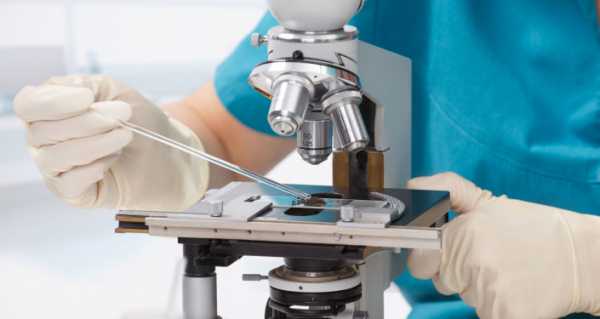
It was discovered in a former seabed in southern Australia with the help of 3D laser scanning. Researchers say it was a stroke of luck to discover such old fossils, as usually scientists only find traces of fossils or the imprint they leave behind.
Scientists from the University of California, Riverside (UCR) have discovered several creatures they say could be humans’ oldest ancestor. Researchers estimate the multicellular organism they called Ikaria wariootia burrowed on the seafloor around 555 million years ago at a time when life on our planet became multi-celled and more complex.
This itsy-bitsy creature, the size of a grain of rice, has a front and back, two symmetrical sides and “openings at either end connected by a gut”. It crawled on the seafloor looking for organic matter it could feed on.
So what led scientists to believe that Ikaria wariootia was our oldest ancestor?
Researchers say the development of bilateral symmetry was key to the evolution of animal life. It gave organisms the ability to “move purposefully and a common, yet successful way to organise their bodies”. Worms, insects, dinosaurs, and humans are organised around this body plan.
The creatures were also reportedly able to heal damaged body parts similar to the way our immune system eliminates virus-infected cells.
Sourse: sputniknews.com






